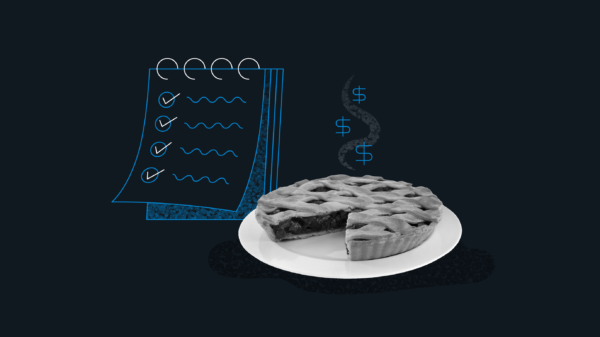Jul 25, 2018
Can You Pass The Financial “Marshmallow Test”?
This little experiment may harsh your mallow—if you can’t pass it

In the movie “Ghostbusters”, Bill Murray and his crew of banshee-bashers face a monstrous marshmallow test in the form of the fictional Stay Puft Marshmallow Man.
Spoiler alert: They pass the test, freeing the city from terrifying ghosts, but ultimately coating parts of New York City in a gooey, gloppy mess.
You, too, can face your own marshmallow test (with less haunting results)—and take the lessons straight to the bank.
What is the marshmallow test?
The marshmallow test—originally conducted by Stanford psychologists in the 1960s—involved presenting a child with a marshmallow, and giving the child an ultimatum: Refrain from eating the marshmallow for 15 minutes, and you can have an additional marshmallow—or, eat it now, and forgo the bonus marshmallow.
It’s a basic test of willpower and impulse control. Can the kid delay his or her gratification in order to double their reward?
It’s easy to see how this can relate to your finances.
The financial marshmallow test
On a recent episode of Stash’s Teach Me How to Money podcast, author and founder of brokemillennial.com Erin Lowry brought up the marshmallow test as a way of introducing the concept of delayed gratification into personal finances.
In other words, would you rather have cash and buy something with it right now, or save or invest it, and see your money grow down the road?
Obviously, there are some differences. But the original marshmallow test and its financial equivalent both test our ability to delay gratification.
Delaying gratification usually pays off—if you’re taught to do it.
Studies suggest that the better we are at delaying gratification—or, putting off our rewards until later—the better-off we’ll be financially. Further studies, however, show that we may not be born with an ability to delay gratification, but that it may be determined by our surroundings and upbringing.
In other words, if we grow up in a wealthy household where resources—snacks, video games, etc.—are easily and readily available, we may lose our tolerance to delay gratification later in life.
So, if you weren’t taught to wait for bigger rewards, you may have a tougher time adjusting your behavior as an adult. That may also mean that you have a higher psychological hurdle to pass when saving and investing your money.
Apply the lessons to your budget
It isn’t always easy to get in the habit of saving or investing, especially if you don’t have a lot of extra income after you cover your bills. But you can get the ball rolling with some relatively simple changes, like trying out the “cash diet” or deleting shopping apps from your phone.
Here are a few ways you can give yourself the financial marshmallow test (and pass):
- Plan to cook at home for a week; If you typically order out, reward yourself by spending some of that money you saved with a night on the town at the end of the week.
- Be patient. If there’s a new movie out that you want to see or Xbox game that just came out, don’t fork out the money for it right away; Wait until it’s out to rent or on clearance and get two games or movies for what you would’ve paid for one!
- Identify a common impulse purchase (candy, makeup, etc.) and go cold turkey. Calculate what you would’ve spent on it every week and throw that money in an investment or retirement account. In all likelihood, you’d rather own some stock or be able to retire over scarfing down yet another Beef ‘N Cheddar from Arby’s.
Stash can also help by removing the psychological hurdles for you. Make saving and investing automatic with features like Recurring Transactions, which can make the process feel much less painful.
Related Articles

The 2024 Financial Checklist: A Guide to a Confident New Year

9 Ways to Celebrate Financial Wellness Month

Budgeting for Young Adults: 19 Money Saving Tips for 2024

The Best Personal Finance Books on Money Skills, Investing, and Creating Your Best Life for 2024

What Is a Financial Plan? A Beginner’s Guide to Financial Planning

How to Save Money: 45 Best Ways to Grow Your Savings





